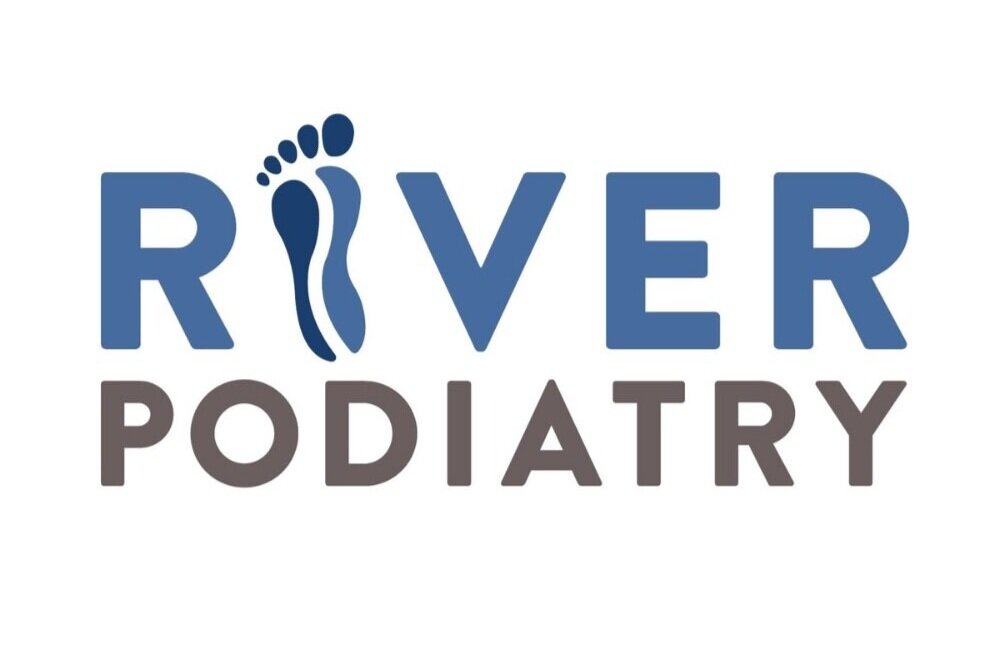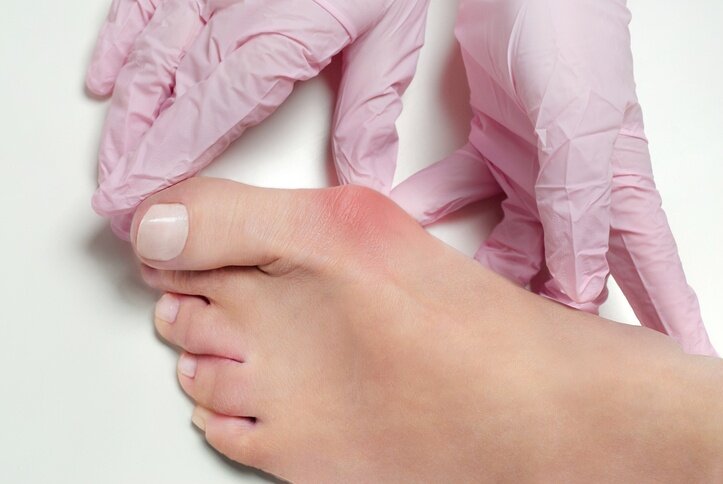THE 8 MOST COMMON TYPES OF FOOT SURGERY
Your feet and ankles are extremely intricate. They have a combined total of 33 bones and more than 100 muscles, tendons, and ligaments. In fact, this is one of the most complex areas of your body. This complexity and intricacy make it easy to imagine how there could be several different types of surgery I perform on the foot and ankle.
Metatarsal Foot Surgery
Your metatarsals are the 5 long bones found behind the toes. Metatarsal Foot Surgery is most often performed on the first metatarsal, aka your big toe. Over time the cartilage around the big toe joint starts to deteriorate, which limits the function and movement of your entire foot.
Symptoms of Big Toe Arthritis:
Joint pain when walking or running
Joint inflammation or swelling
Enlargement of the bone or spurs that rub against shoes
Inflexibility and restricted mobility of the big toe
Bunion Foot Surgery
Bunions are bony lumps at the base of the big toe. They are caused by Hallux valgus which causes the big toe joint to become deformed when it bends towards the other toes.
I would perform an osteotomy on a patient affected with bunions. An osteotomy is the straightening of the big toe and the metatarsals. The patient can put weight on the foot immediately after surgery and into a running shoe or sneaker by week 3, exercising by week 6.
Hammertoe Foot Surgery
Hammertoe is when your toes become clawed and deformed. This is also caused by hallux valgus. I would perform an arthroplasty or an arthrodesis on a foot suffering from hammertoe. An arthroplasty is a surgical reconstruction or replacement of a joint, restoring flexibility. While an arthrodesis is the fusion of a joint.
Plantar Fasciitis Foot Surgery
Plantar fasciitis is when the ligament that connects the heel to the toe, your plantar fascia, becomes inflamed where it joins to the heel. I would do surgery to release the plantar fascia from the heel bone. The patient can weight bear immediately after the surgery.
If you’re suffering from pain and swelling in your ankle I mostly likely determine that it is as a result of either:
Osteoarthritis which is when the cartilage covering the bone ends thins out and bone underneath thickens
Previous trauma including ankle sprain resulting in ankle instability and damage to the cartilage
Depends on the procedure, you can expect full recovery by week 6.
Achilles Tendon Disorders
From my experience, any injury to the Achilles tendon, even a rupture, is usually a result of wear-and-tear. The Achilles is necessary to keep you walking and running, so it is always working. The surgery I would perform, or if I’d even recommend surgery, depends on the type of Achilles tendon disorder you have.
Morton’s Neuroma Surgery
This condition affects the nerves of the toes, near the balls of the feet. Morton’s neuroma occurs when the tissue around the nerves of the toes becomes overly thickened. I have found that excessive wearing of high heeled shoes is a common cause for Morton’s neuroma.
Symptoms of Morton’s neuroma include:
A “pebble-in-the-shoe” feeling
A sharp, burning sensation in the toes or balls of the feet.
Numb or tingly toes
When I perform surgery for Morton’s neuroma I remove the nerve that is causing the pain. After surgery, I would recommend no weight-bearing for a couple of weeks.
Tibialis Posterior Dysfunction Foot Surgery
The muscle that provides support for your instep arch is called the tibialis posterior. It is connected to your bone by the tibialis posterior tendon. This tendon can become painful and inflamed after overuse or a sports injury. I usually see this injury in patients that play high impact sports like soccer and basketball.
I would first recommend ice and rest, but if the swelling still hasn’t subsided, I would then recommend treating the injury surgically. Depending on the specific case, this may involve:
Osteotomy
Tendon transfer
Fusion
After surgery, you will be in a cast for 12 weeks, but the good news is that after you should be completely pain-free.
Hopefully, you never need any type of foot or ankle surgery, but if you find yourself in a situation where you do please contact my office and make an appointment. Ignoring your pain could cause more damage, so early intervention is key to restoring overall health to your feet.
River Podiatry, with locations in Pearl River NY, and Midland Park NJ, Dr. Han provides comprehensive diagnosis and care for various foot health issues. Dr. Han specializes in foot surgery and the treatment of diabetic foot ulcers. Expect the best possible care utilizing the most modern techniques. Make an appointment today with Rockland County and Bergen County podiatrist Dr. Han.



